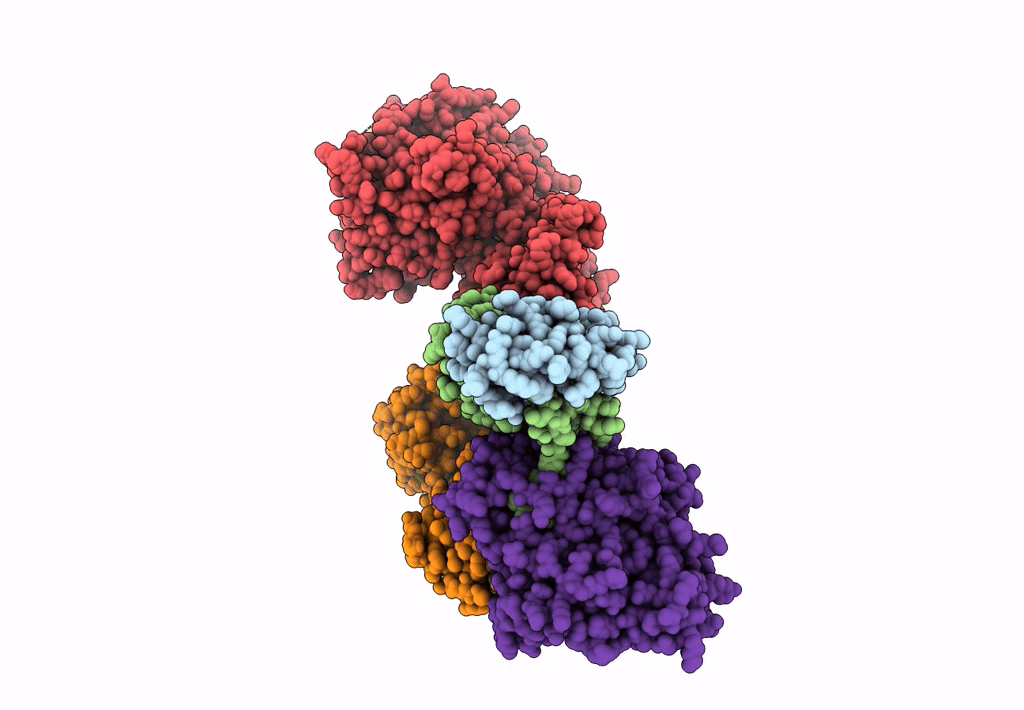
Deposition Date
2020-10-14
Release Date
2021-03-31
Last Version Date
2024-03-06
Method Details:
Experimental Method:
Resolution:
3.40 Å
Aggregation State:
PARTICLE
Reconstruction Method:
SINGLE PARTICLE


